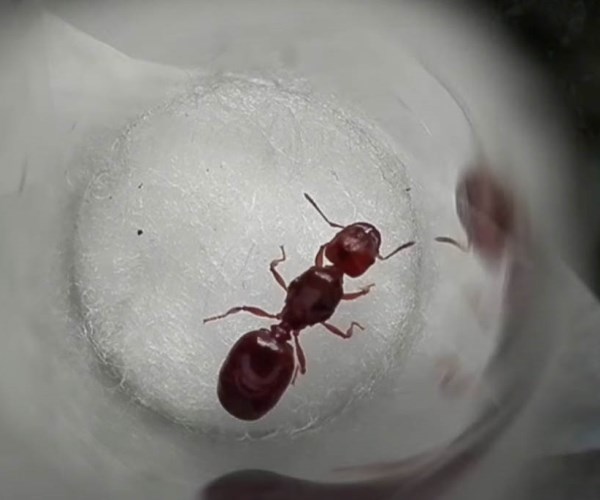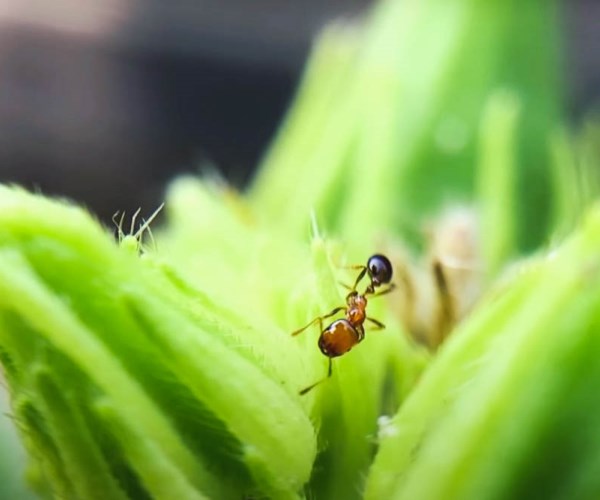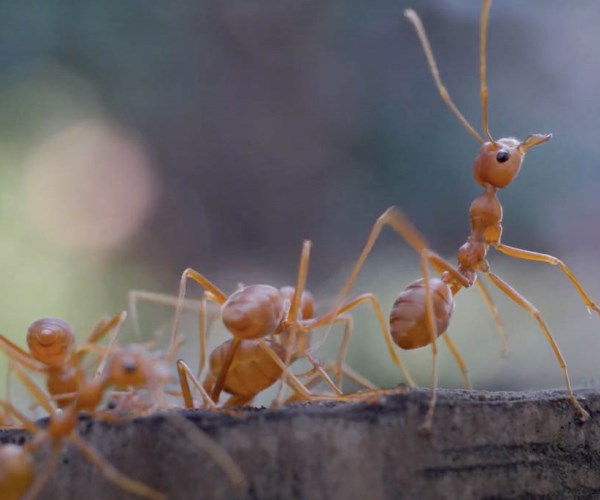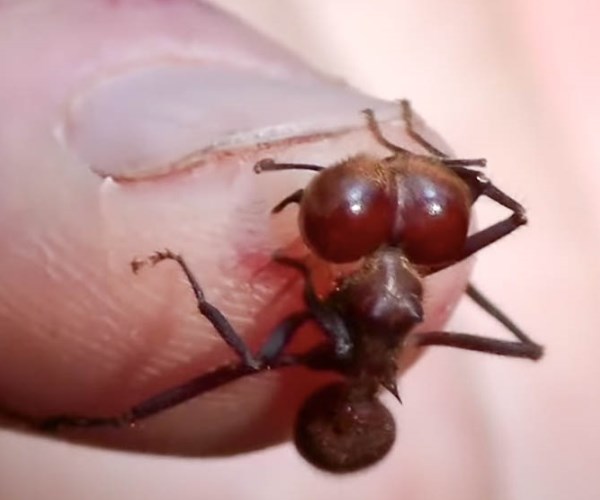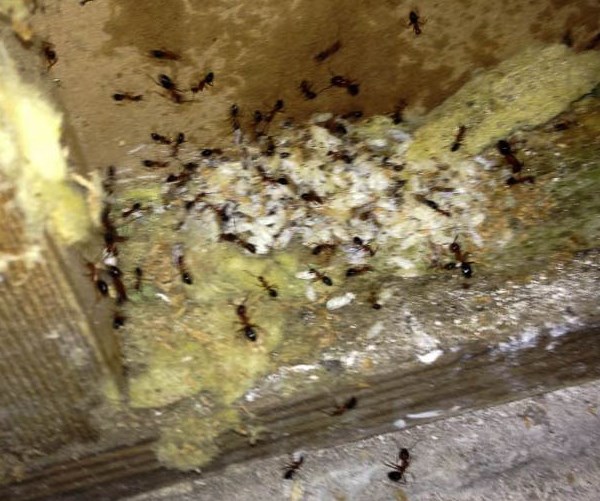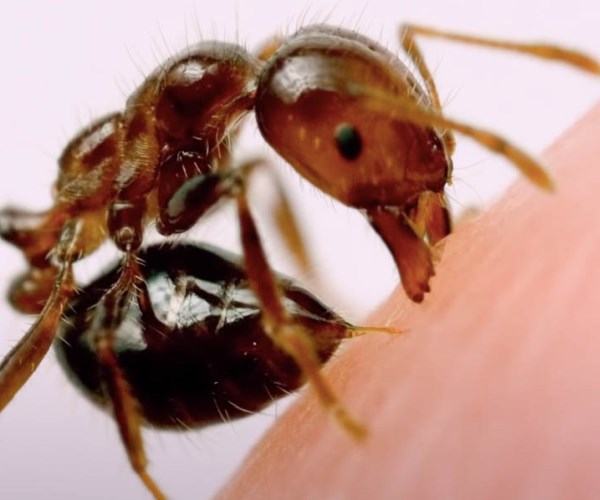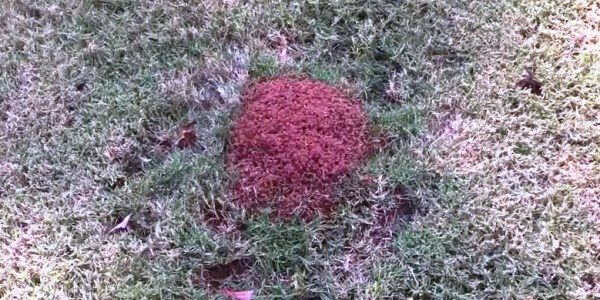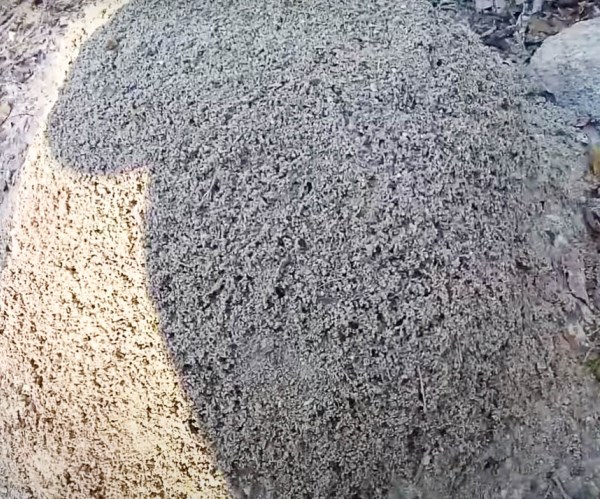Ant Life Cycle – Explore How Ants Reproduce
The Life Cycle Of An Ant
Ants are so small that it’s hard to see them, and they’re pretty harmless as far as insects go. That means that you’re not going to think about them all too often, so you’re probably not aware of their life cycle.
Eggs
Like most living things, an ant starts its life as an egg. An ant’s egg is quite different from the chicken eggs that you’re familiar with. These eggs don’t have a hard shell around them. Instead, they’re soft and vulnerable balls that slowly develop on their own. Not all eggs make it to the adult stage of life. This is because ants in other stages of life will eat the eggs for sustenance.
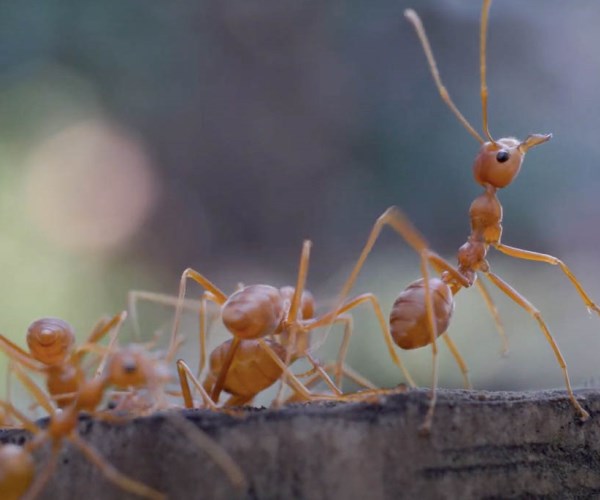
Larvae
The next stage of an ant’s life is as a larva. Larvae are small, worm-like things that can’t move or sense the world around them. These ants are like maggots during this stage of life. Their sole purpose is to eat the food provided by the colony and grow.
Pupae
Once a larva is big enough, it transforms itself into a pupa. During this stage of life, ants are like embryos. They have the same shape as their adult form, but their limbs and antennae are folded in against their bodies. Ants also tend to be pale or whitish during this stage, but it’s been noted that they tend to get darker over time.
What’s interesting is that some ant species act like butterflies. In these species, the larva surrounds itself with a cocoon. This means that the pupa will be covered and protected from the outside world.
Adult
After some time, the pupa will grow into an adult ant. Yet things aren’t so simple. That’s because there are actually three types of adult ants.
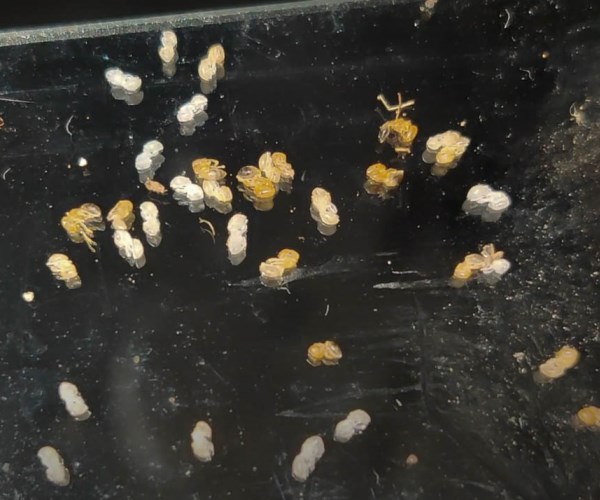
Queen
Most people are familiar with the queen ant. These ants are the most important individuals within a colony. After all, the queen ant is responsible for laying all the eggs.
This might come as a surprise, but queen ants aren’t all that special. They aren’t born in a unique way, and their eggs aren’t separated from all the other eggs. In fact, they differ from other female ants in only one area – they ate more food as larvae.
These ants are bigger than workers, and they’re born with wings. They use this to fly to a new area, before ripping off their wings and settling down to mate. These adults can live for fifteen years, if not more!
Worker
What happens to the female ants that didn’t get much food? Well, they turn into worker ants. All the ants that contribute to the nest are actually female. These ants take care of the queen, build the nest, and even find all the food. The lifespan of a worker depends on the species, ranging from a few weeks or months to a few years.
Male
Male ants don’t have much of a role in ant society. These ants only live for a few days or weeks. Their short lives are dedicated to mating with the queen as they don’t contribute to the nest.
